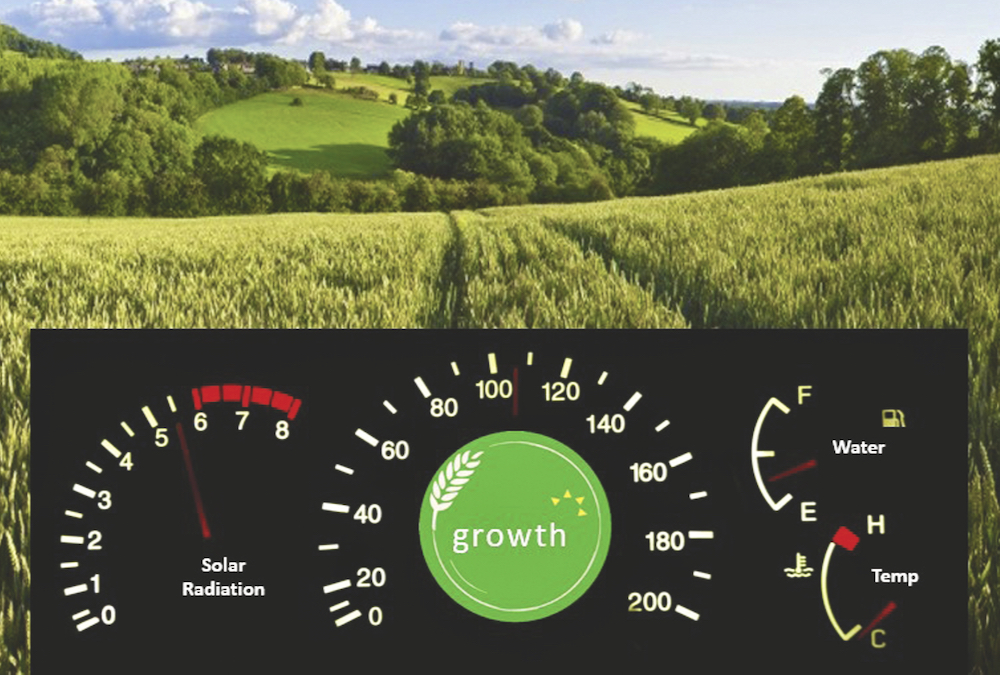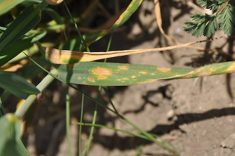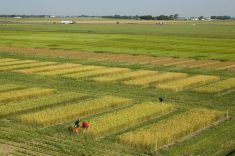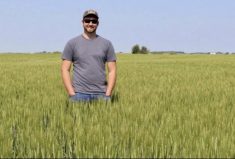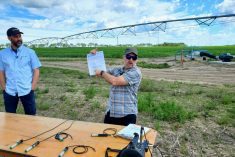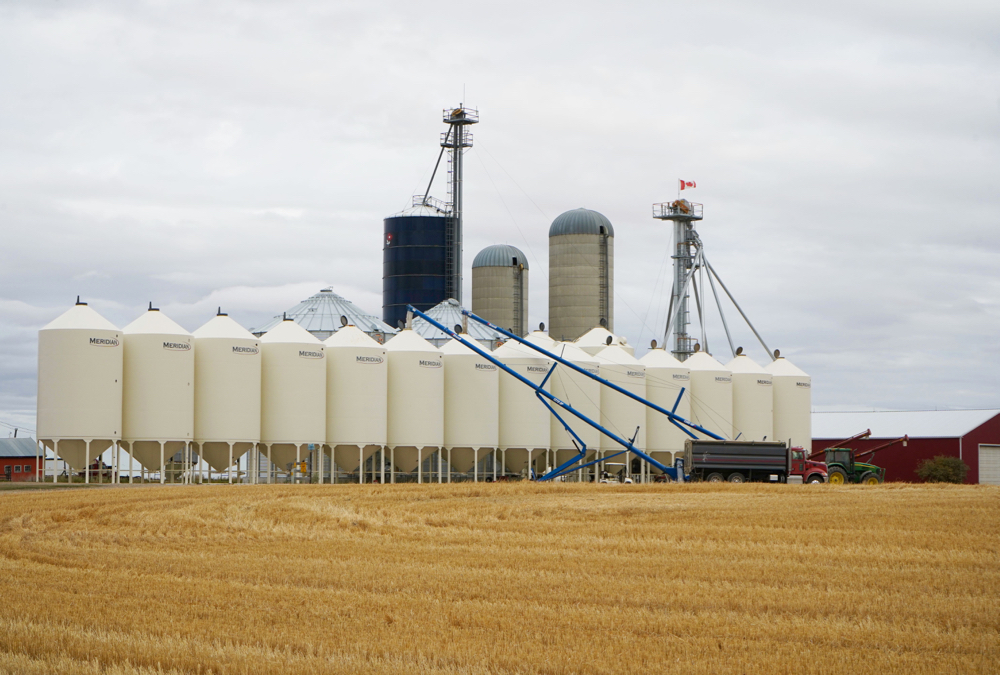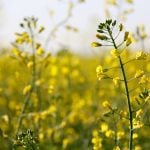A wheat-growing competition that started in the U.K. has crossed the Atlantic with the promise of helping farmers increase their yields.
Started by a British agricultural consultancy a decade ago, a Yield Enhancement Network — or YEN — uses an annual competition as a learning tool by having participating farmers share field data. Computer modelling uses the data to determine what a wheat crop’s potential yield could be on each individual farm (based on location and related parameters). Developed by ADAS in the U.K., the first YEN project in Canada started three years ago in Prince Edward Island, and has since been expanded into a Maritime-wide competition.
Read Also
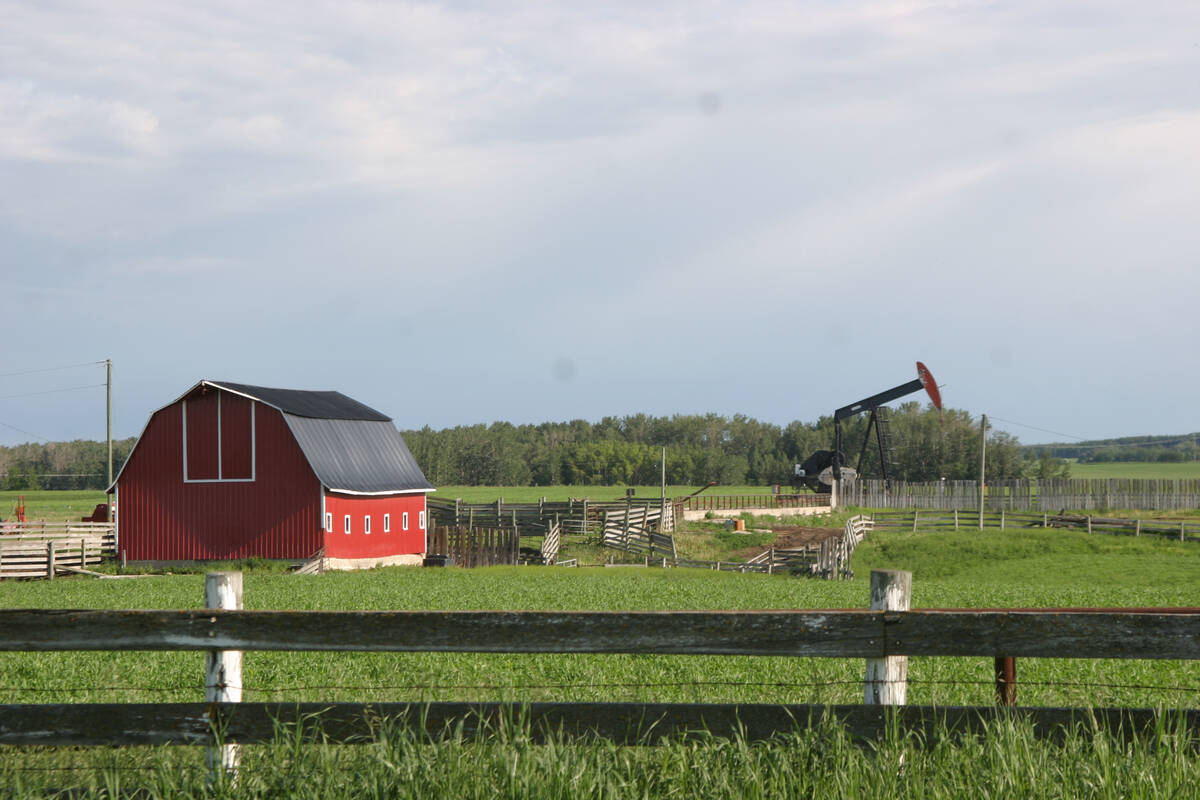
Recommendations in the mature assets strategy could cause potential problems for landholders
The Western Stock Growers’ Association urges producers to pay attention to the potential changes to Alberta’s Mature Assets Strategy.
This year, a Great Lakes YEN pilot project was launched with 43 producers (20 from Ontario and the remainder from Michigan and Ohio) growing winter wheat.
Not surprisingly, a lot of things went into the recipe used by the highest-yielding growers (the top three, all from Ontario, had yields around 150 bushels an acre).
“High-yield growers planted an average of 3.7 days sooner, planting a little less seed per acre (about 140,000 less seeds per acre), planting a little bit deeper, they put on a little more nitrogen, a little less sulphur,” said Dennis Pennington, wheat extension specialist at Michigan State University. “They were doing more (N) splits than the below-average group.”
High-yielders also spent a little more on crop protection.
A second, and possibly more important, competition is focused on potential yield. None of the three total yield winners made the top three in this competition and the winner only achieved 73.7 per cent of his theoretical yield with the two runners-up hitting only two-thirds of their potential. The average for the 43 producers was only 52.5 per cent.
Calculating yield potential
At the awards presentation (held earlier this winter) Josh Nasielski, a plant scientist from the University of Guelph, reviewed how the model calculates yield potential.
Key parameters include grain biomass, total biomass, grain nitrogen (N) and crop N uptake (all measured in pounds per acre). The YEN network uses farm weather data collected from NASA, and estimates the date of spring “green-up,” which Nasielski said is the first seven consecutive growing degree days above 0 C.
Field observations of total rainfall and sunlight between green-up, date of anthesis (GS60) and maturity (GS87) is measured, and then the model is run to determine the yield potential of a farm.
To measure yield, soil, grain and plant tissue samples and measurements were taken at various stages at each farm site and entered into a database by project co-ordinators. Growers were responsible for entering their agronomic information into the database, such as planting rate, depth, seed variety, crop inputs and use of fungicides.
At the end of the project, growers are given a report that shows them how their field site compared with their peers and projections from the model.
The goal is to build on the dataset year over year, as well as to look at more complex relationships between plant growth and the environment, said Joanna Follings, a cereal specialist with Ontario’s Ag Ministry.
“Over time, we’re hoping to layer on critical values for nutrients and planting dates and different things like that,” she said.
The project team was surprised that weather variables didn’t play more of a role, however, they noted that as more data is gathered over future years, they will have a better handle on the impact of weather, as well as other variables. Plans are also underway to expand the Great Lakes YEN project (www.greatlakesyen.com) to 100 participants this year.
Using the data
Although it started with wheat, ADAS also has YENs for oilseeds, pulses, forages and cereals (wheat, barley, rye, triticale and oats).
A key part of all the networks is data sharing for participating growers or companies that sponsor them. (There are entry fees for the U.K. YENs. The one for winter wheat, for example, starts at about $500.)
“YENs let members share quantitative field-specific intelligence anonymously (e.g. grain yield or soil health), so they can see how they stand compared to all others,” states the About section of the British YEN website (www.yen.adas.co.uk).
“The combined dataset from all YENs contains >2,800 crop yields so far, with >650,000 points of explanatory data.”
Users can use the data in a couple of ways.
One way, as the website authors put it, is to “interrogate this dataset to hatch farm- and field-specific ideas about best enhancements.” The network also encourages participants to collaborate in robust and co-ordinated field-scale experiments, with results shared to hasten everyone’s knowledge and progress.”
Participants can also use a benchmarking tool that allows farmers to compare specific data from their fields (yield and data from grain and plant tissues samples) and compare that against the wider dataset filtered by crop type, soil type, region and year.
ADAS and collaborators have also been involved in studies to see how well satellites are at monitoring and comparing crops.
On its website, the company says that a series of such projects from 2015 to 2020 showed it is possible to use satellite data to help distinguish between high- and low-yielding crops.
“It is now possible to generate time series of crop growth for any field anywhere in the world,” states an article on the main YEN website.
The farmers involved in the Great Lakes YEN received a detailed report that included test results and benchmark comparisons. The project was a joint collaboration of the Grain Farmers of Ontario, Ontario’s Ag Ministry, the universities of Guelph and Michigan State and the Michigan Wheat Program.

